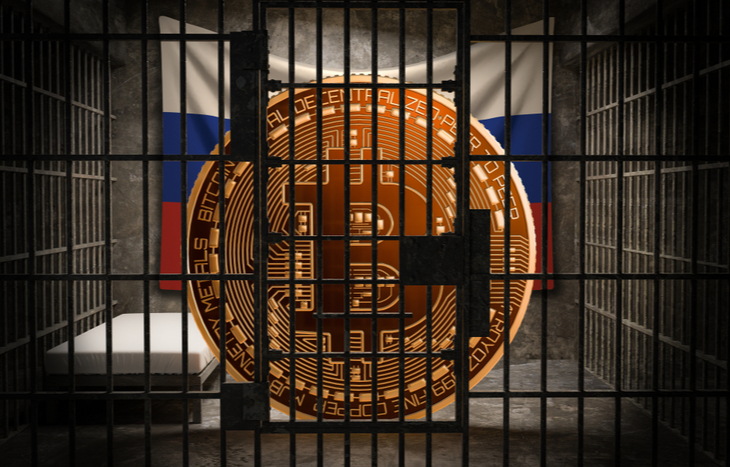How Do Mining Pools Work?
Cryptocurrency has brought with it many ways to make a profit off of the enormous surge of value that has flooded into the market. With each new currency comes a new mining operation with unique dividends, governance, and/or profit models. Mining is necessary because it is what allows cryptocurrency to function as a completely decentralized and trustless mechanism of P2P value transfer. When you make transactions with a cryptocurrency, it is the job of the miners to verify this activity and cement its surrounding information into the blockchain.
Without mining, there would be no way to ensure a trustless and well-functioning blockchain for proof of work based cryptocurrencies. Mining also provides a monetary reward for participants who successfully verify a transaction, incentivizing more verification and proofs. These miners are a critical part of the crypto economy and its ability to provide a distributed ledger of transactions. Mining pools allow these important individuals to pool their resources and share the profits that are made from securing the underlying blockchain.
How Mining Pools Work
Mining works by allocating processing power to solve algorithms that prove transactions were true and successfully completed. Mining has been known to provide profits that are just as volatile as cryptocurrency itself, making it a risky endeavor on some platforms, depending on the block reward rate at any given time.
Mining pools work similar to the diversification of an investment portfolio, where they spread out the risk of volatility. In a mining pool, groups of miners team up to share processing power to solve these algorithms, while also splitting the block reward profits accordingly. While this mechanism may not be as profitable as doing it yourself, it does spread the risk and reduce the energy requirements for your mining rigs.
Block Rewards
Block rewards for miners vary from currency to currency. Each cryptocurrency may have a different method of mining that either requires more processing power (and hence more energy requirements) to verify a block. There are two main mining strategies that have been used, called proof of work and proof of stake.
Proof of Work and Proof of Stake
In proof of work, the probability of mining a block is dependent upon how much work a particular miner puts into solving this block. In proof of stake, any person can “mine” transactions as long as they hold a stake in that coin. In addition, proof of stake does not provide an additional “Block reward” for verifying a block like PoW, rather, it simply pays the miner in transaction fees. The main benefit of PoS over PoW is the cost efficiency and energy efficiency it promotes.
The block rewards for cryptocurrencies vary slightly, but the critical factor is processing power. The big crypto players have recently switched to the proof of stake mechanism, as it requires less processing power and hence incentivizes more efficient mining setups. Mining pools that are on a PoS mechanism can include any participant that holds a stake in the coin.
Mining pools with PoS are much less competitive and incentivize a more cooperative atmosphere. There are many mechanisms of distributing wealth in a mining pool for PoW and PoS, and you must be wary of all of these factors before making a decision to join a certain mining pool.
Pros and Cons of Mining Cryptocurrency
Mining offers some great advantages for those who are new to mining or who are simply looking to lower their risk of not making a profit. Mining pools share resources, which will likely significantly lower the cost of running your mining rigs. Also, based on the structure of the mining group you join, the chance of successfully being given a block is improved, especially in the PoS system. In the PoS protocol, the miners who verify a block are chosen based on how much wealth in that coin they possess, making mining groups a great target for motivated, hungry miners.
On the other hand, mining groups can have some drawbacks if you are not careful of the group you join. Since mining pools rely on multiple parties to keep them running, there is always a chance that there will be downtime or network issues with any one of the members, which would render the mining pool less effective during this time.
It is also important to pay attention to the structure of the pool reward system. Some mining organizations will simply recruit to gain processing power, and not reward all participants equally. So, while mining pools have many benefits that can make your mining experience more efficient, there are also some potential risk factors that you should be aware of when searching for your ideal mining pool.
Mining “Shares”
There are multiple mechanisms for dividing up the block rewards given when a block is successfully verified. The main two that are exercised are Pay-Per-Share and Full Pay-Per-Share (PPS and FPPS). The PPS model rewards miners based on each piece of the cryptographic algorithm that is solved. In other words, based on how much of the algorithm your CPU’s were able to solve, the more block reward you will receive. This model is more consistent with PoW protocols.
The other option, FPPS, is more in line with PoS mining organizations. This structure acts how it sounds, giving miners a full portion of the block reward as well as the transaction fee that is associated. The transaction fee is calculated over the amount of time it takes to solve and then added to the block rewards as normally calculated by the PPS structure. Many experts argue this is the best way to keep miners honestly incentivized and to keep profits among the community rather than the elite.
Cloud Mining
Mining pools do not require you to have your own CPU with an exorbitant amount of processing power anymore with the advent of cloud mining. Cloud computing, in its simplest terms, is utilizing remote data processing centers and broadcasting this processing power to be used by whoever needs it. These owners are smart, though, and have figured out that this free-energy processing power can be rented out as a commodity. So, anyone can now purchase processing power from one of these sites and gain profits from the block rewards or transaction fees that their processing power was responsible for verifying.
Cloud mining can also be done in pools, where the processing power you own or rent is used within a group to more efficiently solve blocks. This method is a great option because it reduces energy costs, doesn’t require equipment or assembly, and removes the reliance on your own equipment. As with the other options on this list, it is important to research cloud mining operations and perform due diligence to determine if it is a trustworthy endeavor.
Power of the Community
Mining pools demonstrate the true power of the community in cryptocurrencies. It is the first time in history that a currency has created virtual “jobs” for millions of people and allowed to make profit for supporting a cause. Shared processing power is sector that has barely been exploited by the mainstream yet, but has shown its potential to make the entire mining and data processing sectors radically more efficient.






